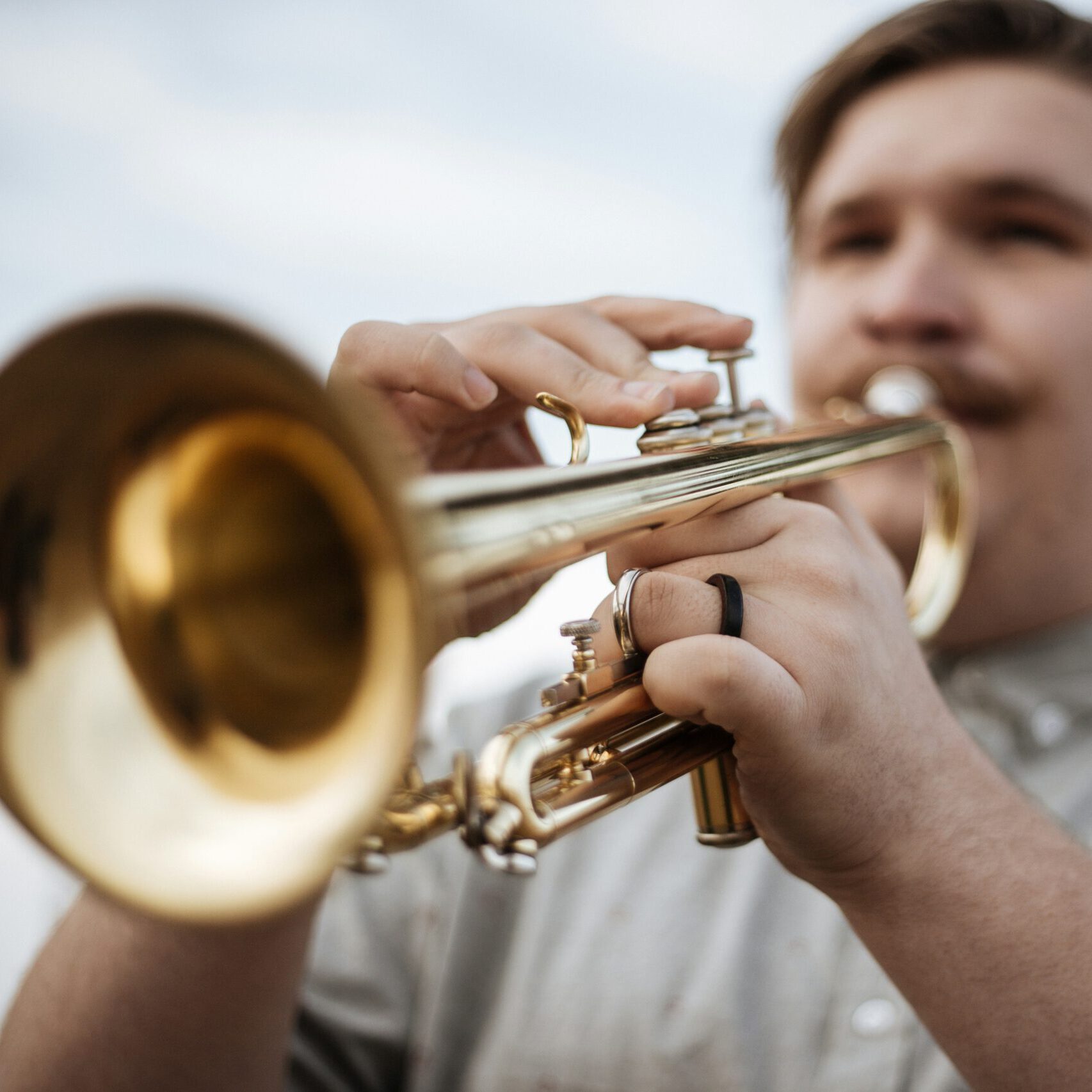The trombone is a brass instrument renowned for its sharp and dynamic sound. Deriving its name from the Italian word “tromba” with the suffix “one,” it translates to “large trumpet.” Commonly referred to as a “slide trumpet” in colloquial terms, this moniker actually belongs to a different brass instrument.
The trombone, a cousin of the trumpet, typically comes in the form of a tenor trombone, which is twice the length of a B♭ trumpet. A trombone is composed of three main parts:
- A bell-shaped or V-shaped mouthpiece,
- The slide, a long cylindrical metal U-shaped tube that can be extended or retracted,
- The bell section, which flares out conically.
By extending the slide, the player can alter the effective length of the tube, thereby changing the pitch. This unique feature allows for a versatile range of tones, making the trombone a standout choice for both classical and contemporary music ensembles.
Emphasize the trombone’s versatility and its ability to produce a wide range of tones, which can add depth and richness to any musical performance. Highlight its historical significance and the skill required to master its unique slide mechanism
Register for the lessons
Trial lessons
The trombone is a brass instrument renowned for its sharp and dynamic sound. Deriving its name from the Italian word “tromba” with the suffix “one,” it translates to “large trumpet.” Commonly referred to as a “slide trumpet” in colloquial terms, this moniker actually belongs to a different brass instrument.
The trombone, a cousin of the trumpet, typically comes in the form of a tenor trombone, which is twice the length of a B♭ trumpet. A trombone is composed of three main parts:
- A bell-shaped or V-shaped mouthpiece,
- The slide, a long cylindrical metal U-shaped tube that can be extended or retracted,
- The bell section, which flares out conically.
By extending the slide, the player can alter the effective length of the tube, thereby changing the pitch. This unique feature allows for a versatile range of tones, making the trombone a standout choice for both classical and contemporary music ensembles.
Emphasize the trombone’s versatility and its ability to produce a wide range of tones, which can add depth and richness to any musical performance. Highlight its historical significance and the skill required to master its unique slide mechanism



